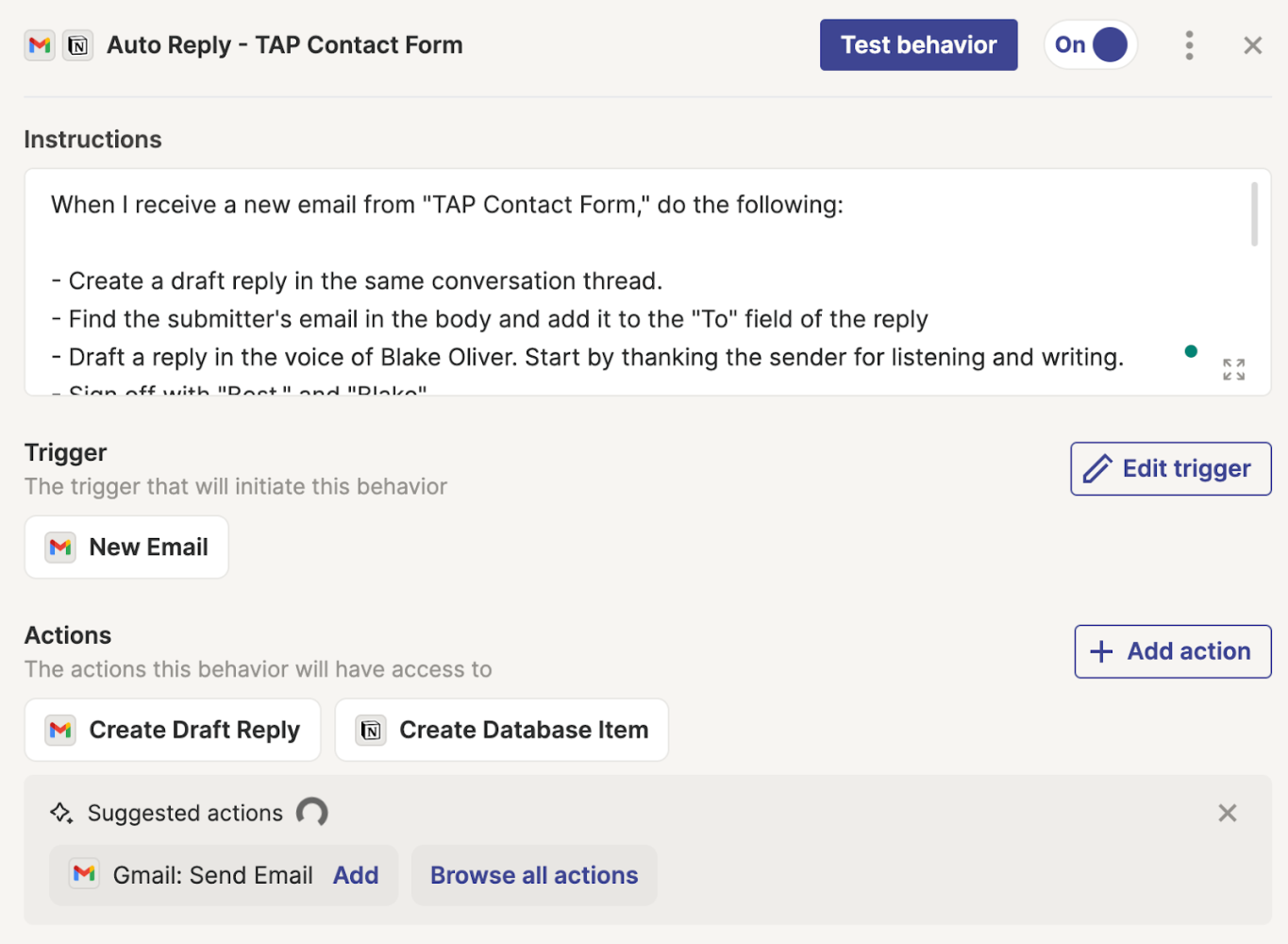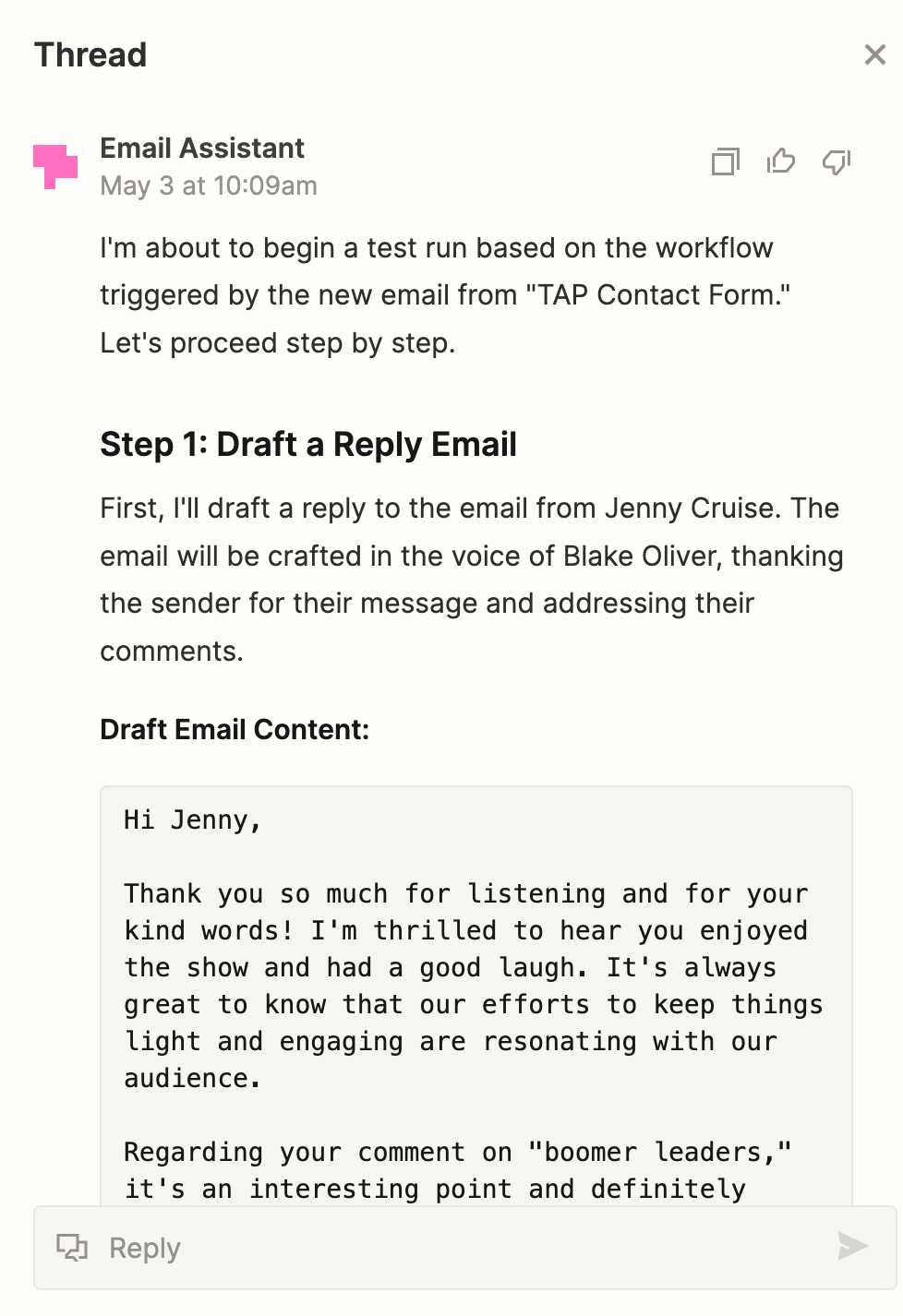When Craig and Lynnette Connell decided to merge their boutique accounting practice with Sweeney Conrad, they weren’t just selling a business—they were navigating a complex web of relationships, emotions, and expectations. In an industry where mergers and acquisitions are increasingly common, the human element often gets lost amid balance sheets and valuations. Yet, as Craig and Lynnette’s story reveals, this human element can make or break a transition.
On a recent Earmark Podcast episode, Craig and Lynnette shared their journey of merging their boutique Client Accounting Services (CAS) practice with Sweeney Conrad, a larger regional firm. Their experience offers a masterclass in the oft-overlooked aspects of accounting firm transitions. Despite merging during busy season and managing parallel systems, they achieved 150% revenue growth post-acquisition. How? By prioritizing the human side of the equation.
The key to a smooth accounting firm transition lies in maintaining strong relationships, fostering open communication, and addressing the emotional aspects of change for both clients and staff. These human elements determine whether clients stay, staff thrive, and the new entity flourishes.
The Power of Relationships in Finding the Right Buyer
Your network is your net worth in accounting, especially when finding the right buyer for your firm. Craig and Lynnette’s story is a testament to the power of nurturing professional relationships over time.
Craig and Lynnette had both previously worked at Sweeney Conrad, the firm that would eventually acquire their practice. Despite moving on to start their own boutique firm, they maintained good relationships with their former colleagues. As Craig explained, “Throughout our careers, they actually became a source of clients for us because they didn’t have a CAS department. We just made sure to keep good relations with everybody and not burn bridges.”
This relationship maintenance paid off. When Craig was exploring options for the future of their firm, he reached out to his contacts at Sweeney Conrad. He learned that a director at the firm was retiring. Seeing an opportunity, Craig boldly proposed himself as a replacement.
Craig recalled, “I said, ‘Let me throw my name in the hat.'” This moment, born from years of relationship building, set the wheels in motion for the acquisition. Their existing reputation and relationships made the process smoother, as Craig already knew about three-quarters of the partners at the firm.
Communication: The Linchpin of Successful Transitions
Once the deal is struck, the real work begins. For the Connells, this meant navigating a complex transition during the busiest time of the year for accountants. Their experience underscores a crucial lesson: in times of change, there’s no such thing as overcommunication.
The timing of their transition was far from ideal. Lynnette recalled, “Craig started December 1st, 2022. I and our two employees started in January 2023, which in a CAS practice is throwing everybody into busy season—1099s.” This timing created additional stress and challenges for everyone involved.
Adding to the complexity, they had to manage parallel systems temporarily. As Lynnette explained, “We were operating parallel using different systems because they’re using a lot of tax software.” This meant juggling different workflows and technologies while ensuring client needs were met seamlessly.
In the face of these challenges, the Connells’ strategy was clear: communicate. They were transparent with their clients about the changes, explaining the benefits and addressing concerns proactively. This meant frequent check-ins, detailed explanations of new processes, and patiently guiding clients through necessary administrative changes like updating QuickBooks subscriptions.
They also prioritized clear communication with their staff, ensuring everyone understood their roles in the new structure and felt supported through the change. As Craig noted, “It was a testament to my employees, Lynnette, and our intentional relationship building with clients, and the high level of communication we had during the transition.”
This approach paid off—they retained all but one client in the first year. The lesson? Clear, frequent, and honest communication can be the difference between a smooth transition and a chaotic one. It helps manage expectations, allay fears, and build trust during uncertainty.
But communication alone isn’t enough. Successfully navigating a firm transition also requires addressing the emotional aspects of change for both clients and staff.
Addressing the Human Element: Emotions and Cultural Fit
While the numbers may drive the deal, it’s the human element that determines its success. The Connells’ experience highlights the critical importance of addressing emotions and ensuring cultural fit throughout the transition process.
For clients, a firm transition can be unsettling. They’ve built relationships with their accountants, trusting them with sensitive financial information. The prospect of change can trigger anxiety and uncertainty.
Staff face emotional challenges during transitions. The Connells supported their team by being transparent, addressing concerns promptly, and ensuring staff understood their roles in the new structure. This approach helped maintain team morale and productivity during a potentially turbulent time.
Lynnette offered advice: “Don’t take a deal out of fear. Be true to what’s best for you.”
This advice underscores the importance of finding the right cultural fit when choosing a buyer. While financial considerations are important, they shouldn’t be the only factor. Craig emphasized the need for autonomy and alignment of vision. He ensured the freedom to implement new technologies and processes, maintaining the innovative spirit of their boutique firm within a larger organization.
Craig stressed, “You don’t have to do it all yourself. You shouldn’t do it all by yourself. You should have partners in this conversation.”
By addressing the emotional aspects of the transition and ensuring a good cultural fit, the Connells were able to navigate the challenges successfully. Their story serves as a reminder that in the world of accounting, it’s not just about the numbers—it’s about the people behind them.
The Human Touch: Key to Successful Firm Transitions
The Connells’ journey from boutique firm owners to larger regional player offers valuable lessons for accounting professionals contemplating similar transitions. Their story underscores that successful firm transitions hinge on the human element.
Throughout their experience, three key themes emerged:
- The power of relationships in finding the right buyer and facilitating a smooth transition
- The critical role of clear, frequent communication in managing change
- The importance of addressing emotional aspects and ensuring cultural fit
Despite challenges like transitioning during busy season and managing parallel systems, their human-centric approach led to success. They retained all but one client and achieved 150% revenue growth post-acquisition.
These lessons have broader implications for the accounting industry. As consolidation continues to reshape the landscape, firms of all sizes must recognize that mergers and acquisitions are not just financial transactions—they’re complex human processes that require careful navigation.
For small firm owners, their experience offers hope and a roadmap. It shows that with the right approach, you can transition your practice while preserving the relationships and values you’ve built. For larger firms, it highlights the importance of considering the human element in integration strategies.
Ultimately, their story reminds us that accounting is a people business. Numbers are our tools, but relationships are our foundation. As you contemplate your firm’s future, remember: the key to a successful transition lies in the human connections you nurture along the way.
Want to dive deeper into Craig and Lynnette’s journey and gain more practical insights on navigating accounting firm transitions? Listen to the full Earmark Podcast episode here.



